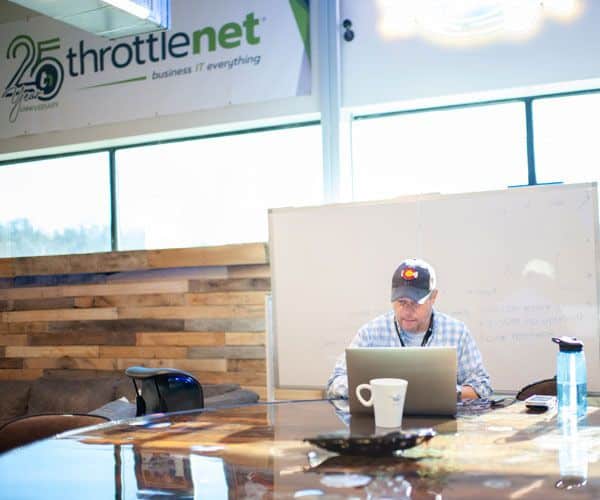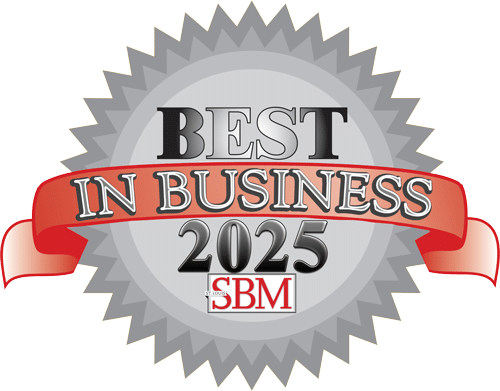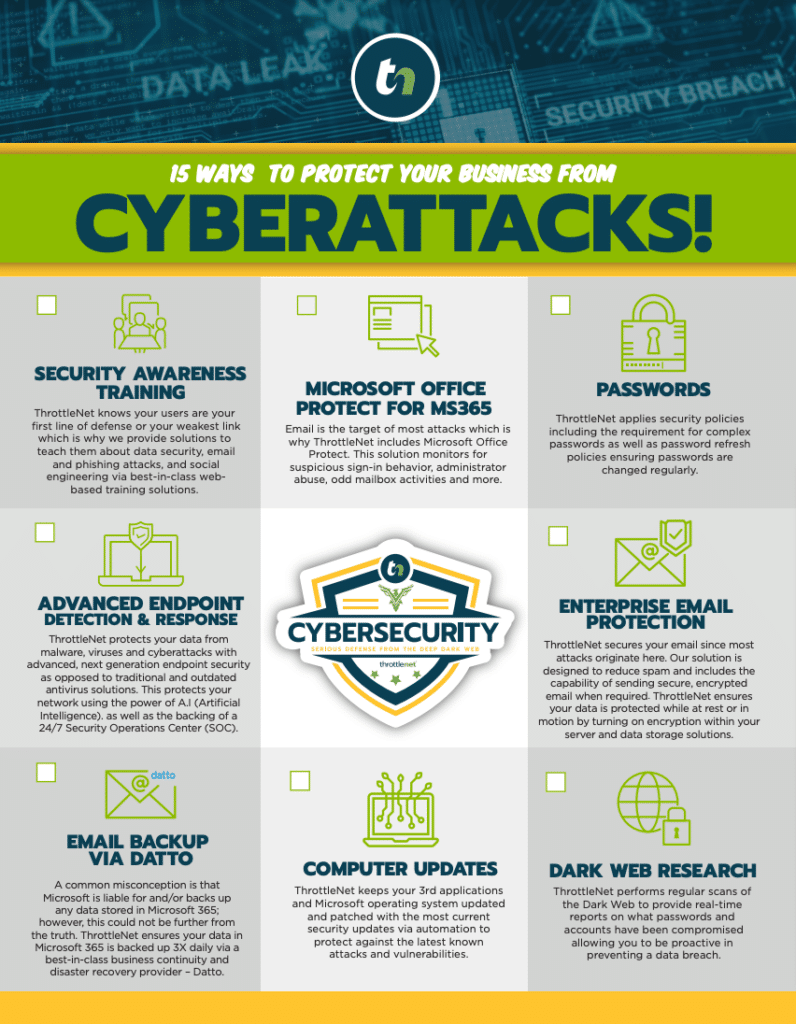Cloud security in 2025 is no longer a “nice to have” — it’s the foundation of modern business infrastructure. From startups to enterprises, nearly every organization uses cloud services in some form, whether it’s for storage, applications, or full-scale infrastructure. But as cloud adoption has matured, so too have the threats that come with it.
Cloud security is more advanced, more automated, and more essential than ever. Businesses that want to stay secure need to understand how it has evolved — and what they must do to stay ahead.

How Cloud Security in 2025 Has Evolved
- Zero Trust Has Gone Mainstream
The concept of “never trust, always verify” is now the default in cloud environments. Zero Trust Architecture (ZTA) ensures that every user, device, and connection is authenticated and continuously verified, even within the network perimeter. Cloud providers now offer built-in Zero Trust frameworks as part of their core offerings. - AI and Automation Are at the Core
Artificial intelligence isn’t optional anymore. Cloud platforms now use AI-driven security tools to detect threats in real-time, automate incident response, and reduce false positives. These tools analyze massive datasets — far beyond human capacity — to identify patterns and anomalies. - Cloud-Native Security Solutions Have Matured
Traditional security tools have not always translated well to cloud environments; however, in 2025, cloud-native security solutions are now the norm. This shift is a core component of how cloud security in 2025 is redefining best practices across industries. - Regulatory Compliance Is Tighter
Laws like HIPAA have been joined by new regional and industry-specific standards. Cloud providers have upped their game in response, offering automated compliance reporting, built-in data residency controls, and greater transparency around how data is stored and processed. - Shared Responsibility Is Better Understood
The shared responsibility model — where the cloud provider secures the infrastructure, and the customer secures the data, applications, and access — is better documented and communicated. Still, many businesses fail to fully secure their end of the equation, especially around identity access management (IAM) and misconfigured storage buckets.
What Businesses Need to Know to Stay Secure in 2025
- Understand Your Shared Responsibility
No matter how secure your cloud provider is, you are still responsible for your own data, configurations, access controls, and application security. Always ask:
• Who controls the encryption keys?
• Who manages user permissions and roles?
• How are workloads segmented and protected? - Prioritize Identity and Access Management (IAM)
Compromised credentials are still one of the leading causes of cloud breaches. Businesses must implement:
• Multi-Factor Authentication (MFA)
• Least privilege access
• Automated role reviews and deprovisioning - Continuously Monitor and Audit
Real-time monitoring is critical. Businesses should scan for:
• Misconfigurations
• Unusual activity
• Policy violations and log everything — not just for auditing, but for fast response in case of incidents. - Encrypt Everything — At Rest and In Transit
Strong encryption practices are expected by both regulators and customers. Make sure:
• All sensitive data is encrypted
• Encryption keys are securely stored and rotated regularly
• You understand who controls and can access those keys - Train Your People
Human error is still a top security threat. Ongoing security awareness training should include:
• How to spot phishing in cloud apps
• Best practices for password and credential hygiene
• Understanding their role in cloud security in 2025
The Future of Cloud Security Is Proactive
Cloud security in 2025 isn’t about building taller walls; it’s about being faster, smarter, and more agile than the attackers. Businesses that thrive in this environment will embrace automation, embed security into every layer of their cloud stack, and invest in education, not just tools.
Whether you’re using the cloud for email, apps, or your entire infrastructure, remember this: you can’t outsource responsibility for your data — only the tools to help protect it. To succeed, businesses must prioritize cloud security as a strategic, organization-wide initiative — not just a tech issue.

Chris Montgomery
ThrottleNet Sales Director
[email protected]



